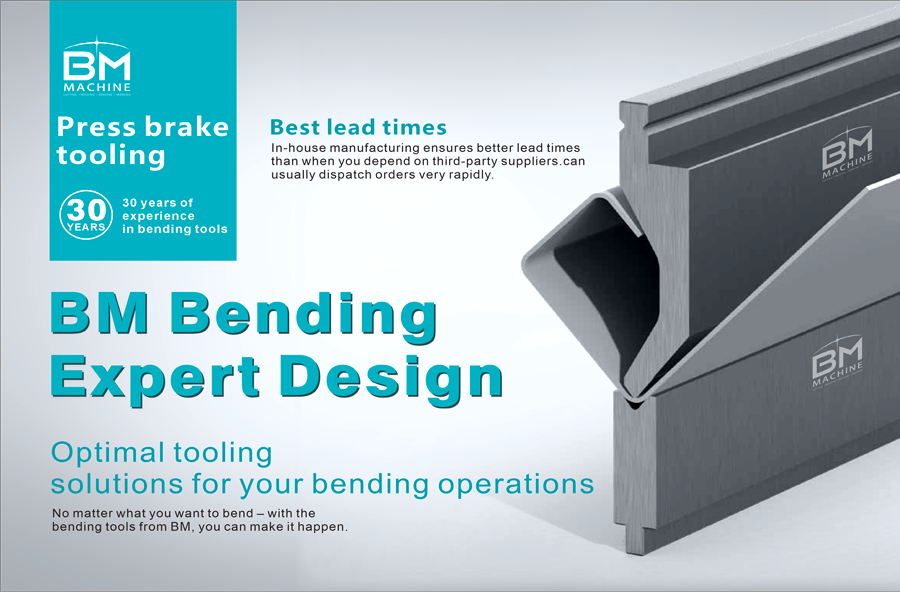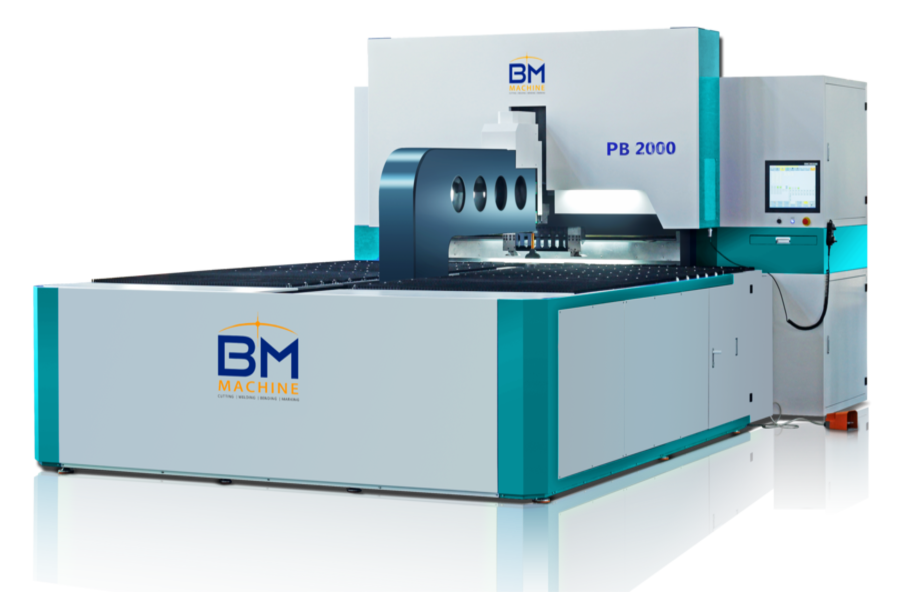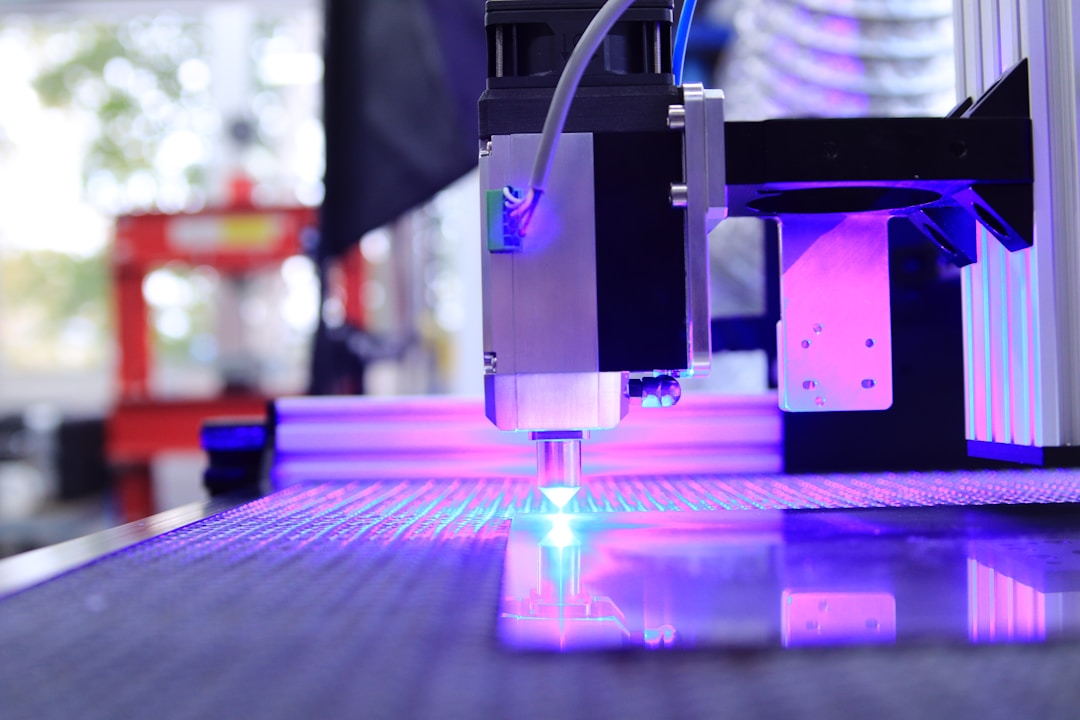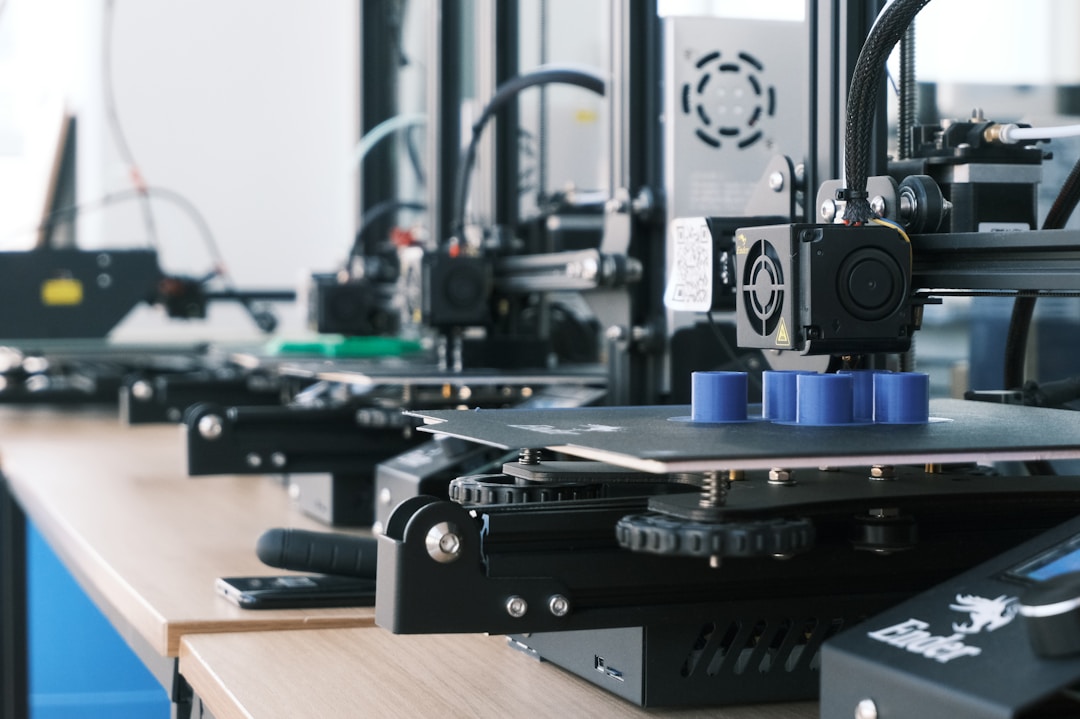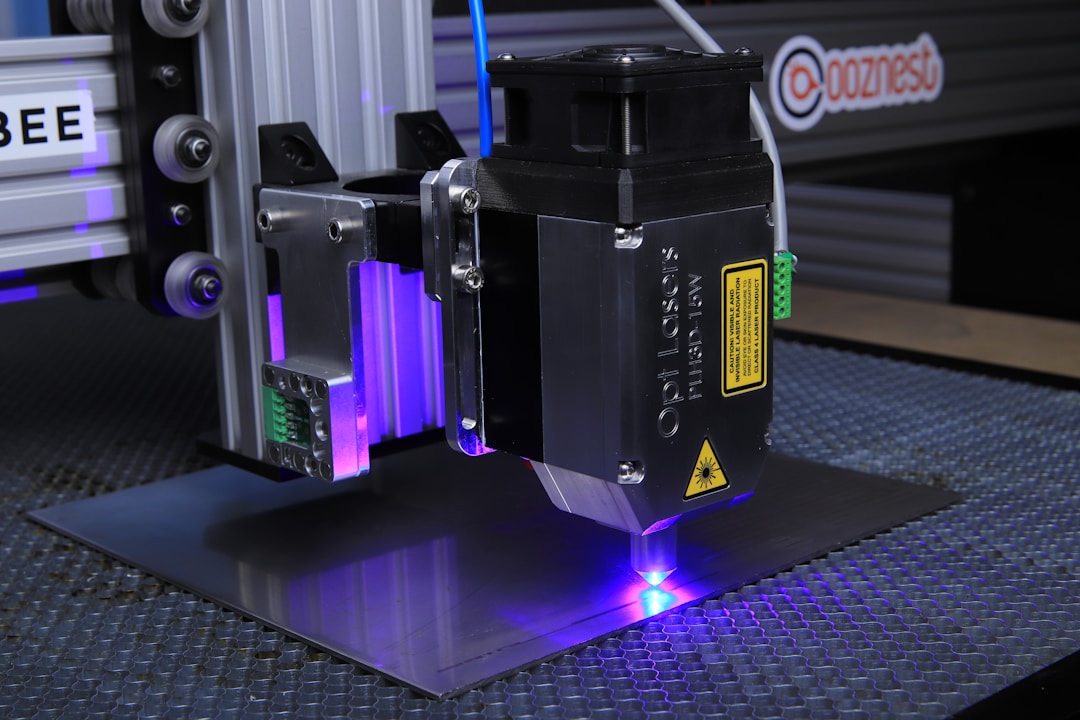BM 23-year Innovation Journey.
BM 23-year Innovation Journey. BM has grown from a startup to a leading innovator in the Press Brakes industry
Jul 24,2024
Technology empowers innovation and tax incentives help the laser industry grow and strengthen
Laser technology, known as the "fastest knife," "most accurate ruler," and "brightest light," is an important scientific and technological innovation that emerged after nuclear energy, computers, and semiconductors. Recently, the 2024 World Laser Industry Conference was successfully held in Jinan. The reporter learned that there are currently over 300 laser enterprises in the city, and the export scale of laser equipment products mainly focused on laser cutting ranks first in the country. Jinan has become the largest and important laser equipment industry base in northern China.
Apr 02,2024
The world's strongest laser has been activated so far
The world's most powerful laser has recently been activated. On March 31st, the Physicist Organization Network reported that the system can enable laser pulses to reach a peak of 10 terawatts (1 terawatt=100 terawatts=1015 watts) within 1 femtosecond (1000 trillions of a second), which is expected to promote revolutionary progress in multiple fields from medicine to basic physics and space.
Apr 02,2024
Laser nanomanufacturing technology
Micro manufacturing technology is a cutting-edge and interdisciplinary field that gradually developed in the late 1980s and early 1990s. Its rapid development will bring about a revolutionary change in almost all industrial sectors in the 21st century. The widespread application of micro manufactured products will trigger a new technological revolution, just like the impact of microelectronics technology on the world. This is a high-tech challenge and opportunity, which may become a breakthrough for China to catch up with the world's advanced level and leap towards high-tech. Nanotechnology and laser processing technology are the core of micro manufacturing technology.
Apr 02,2024






 Language
Language

